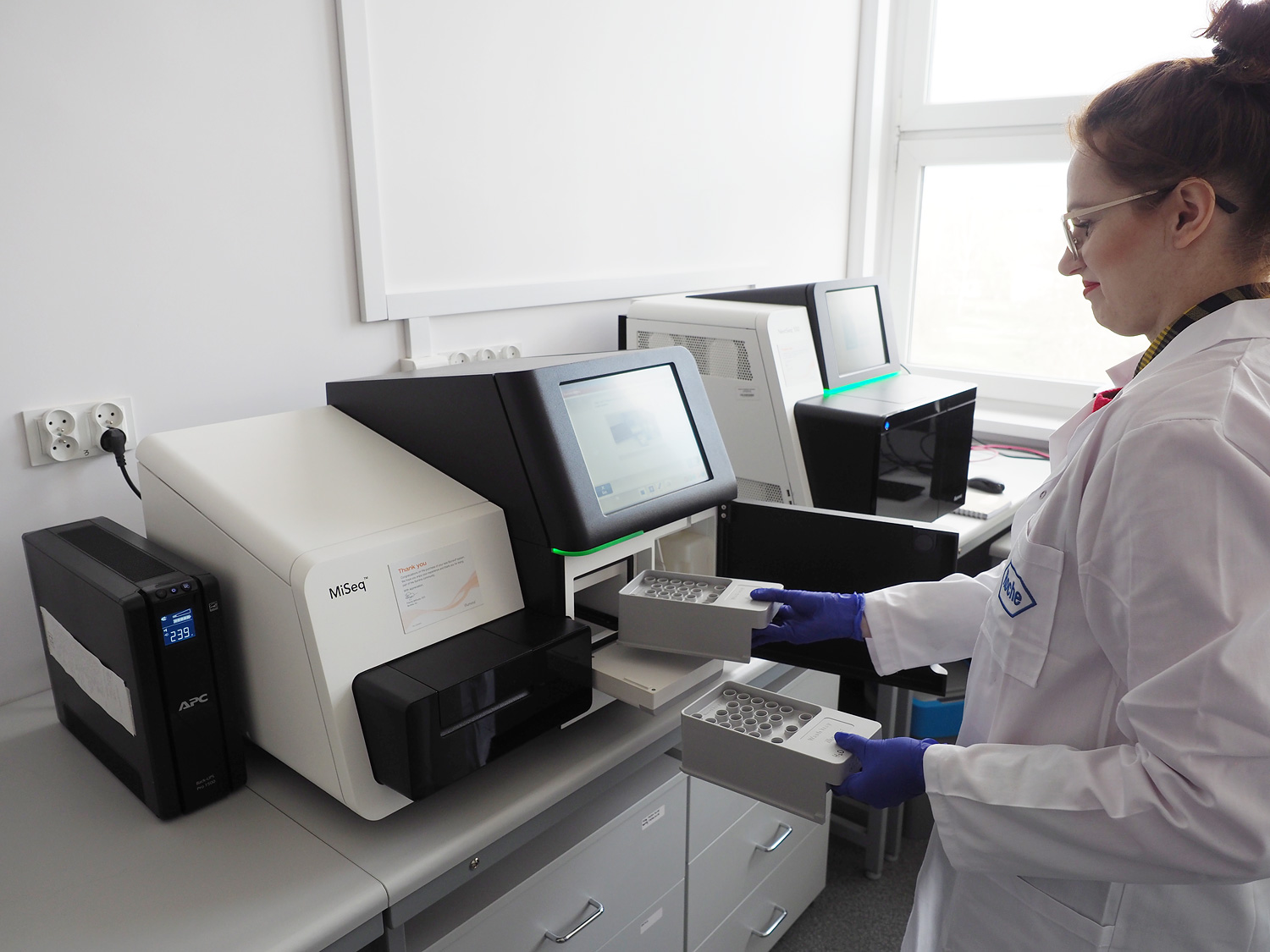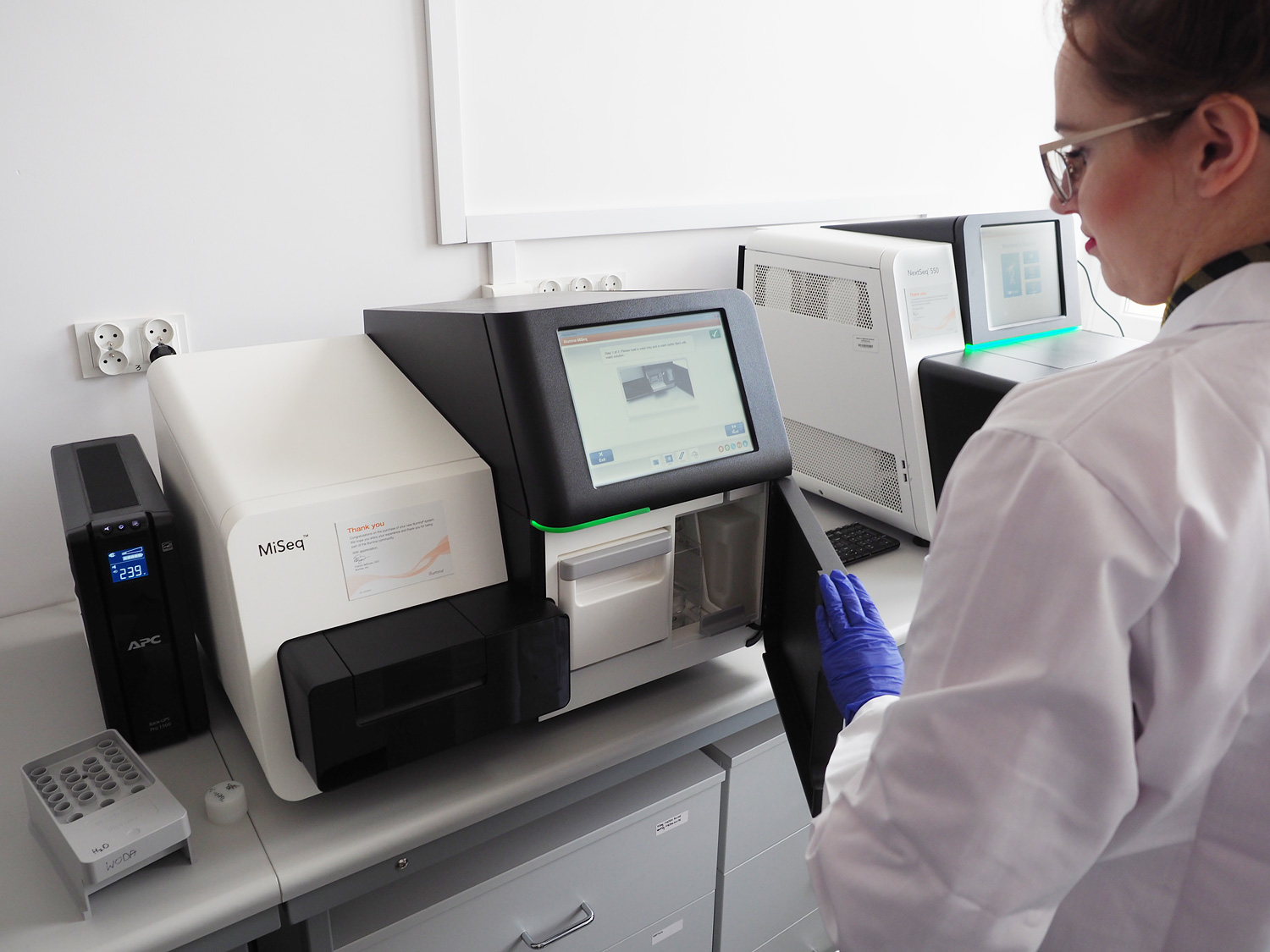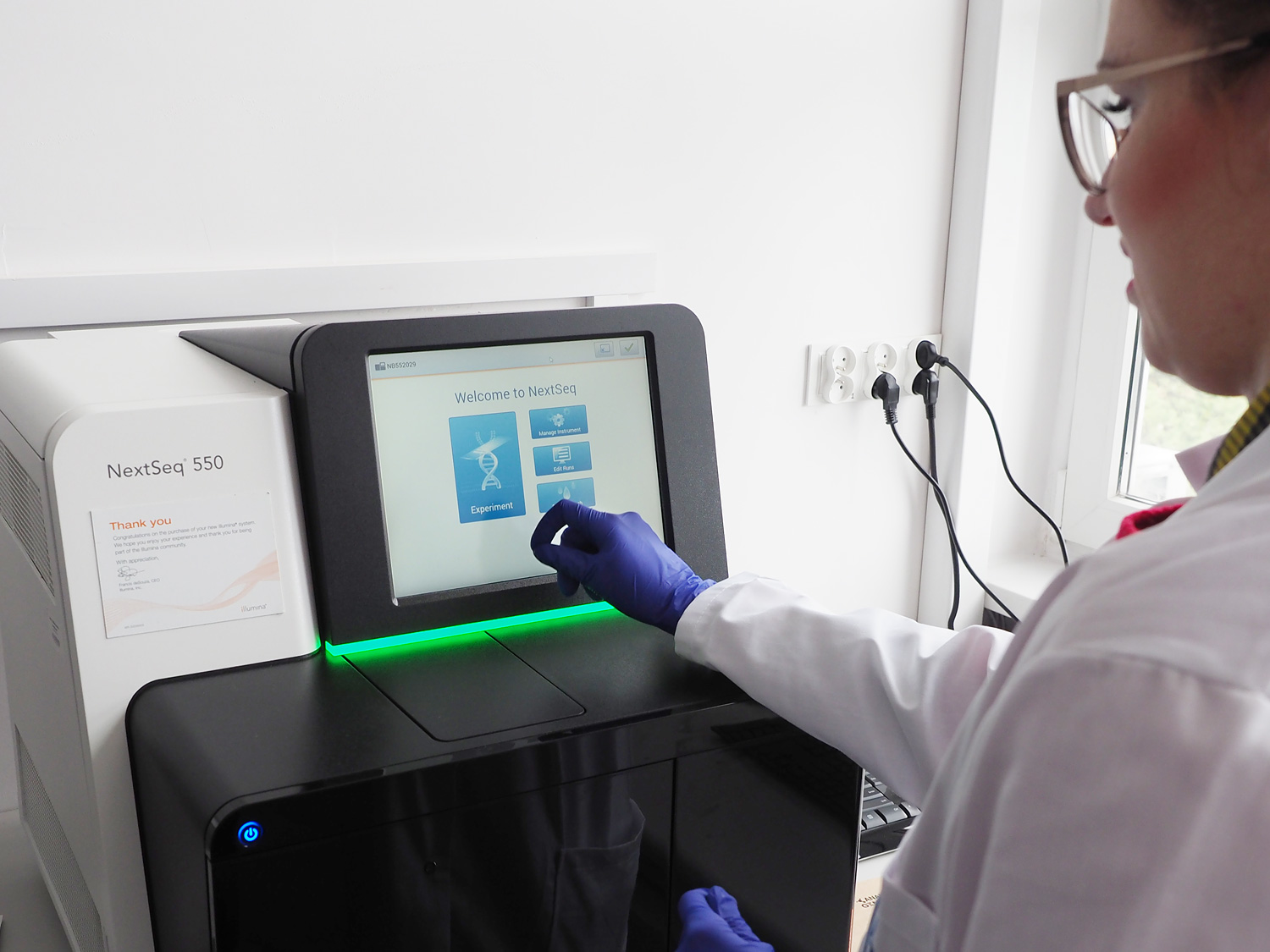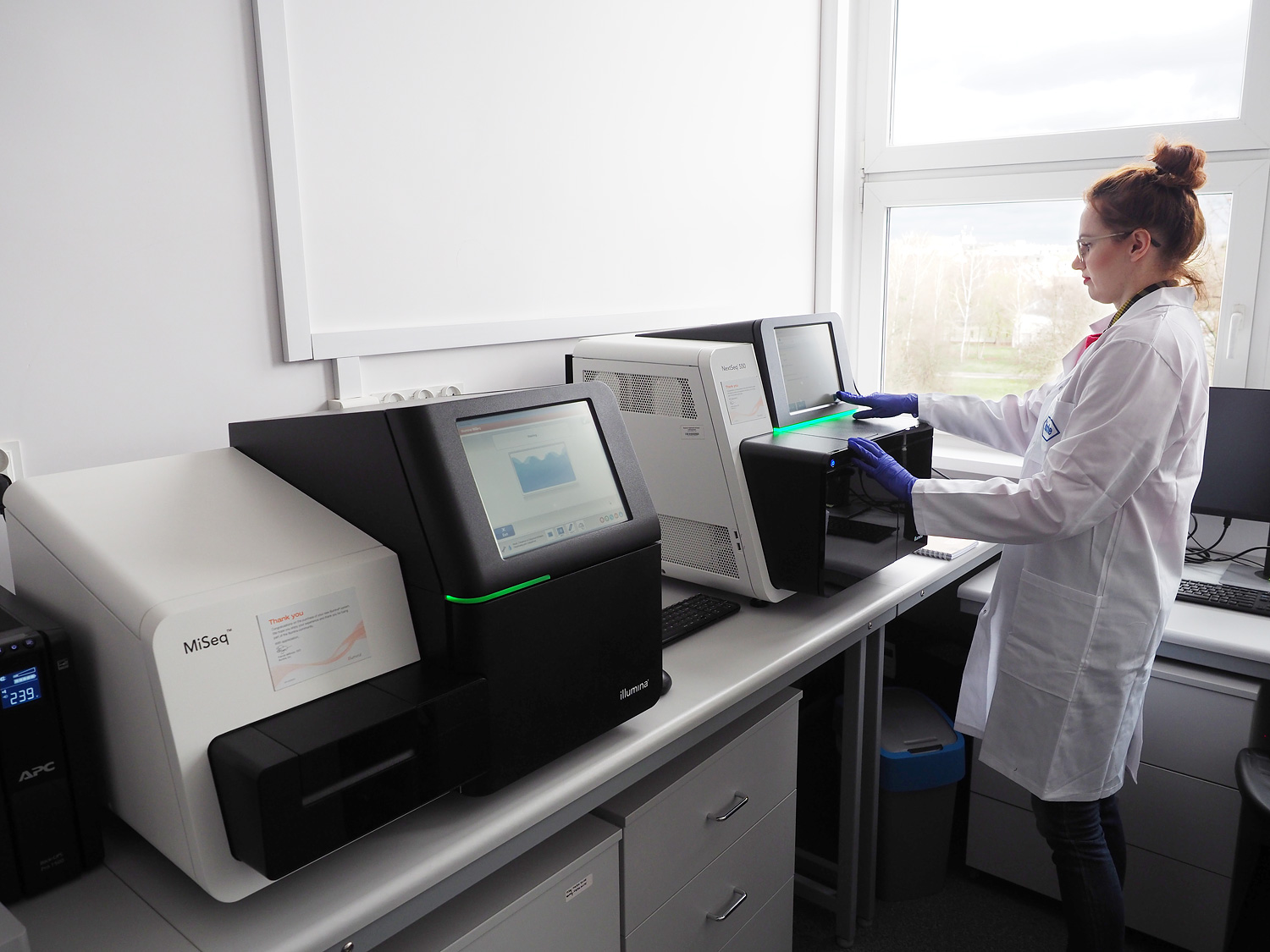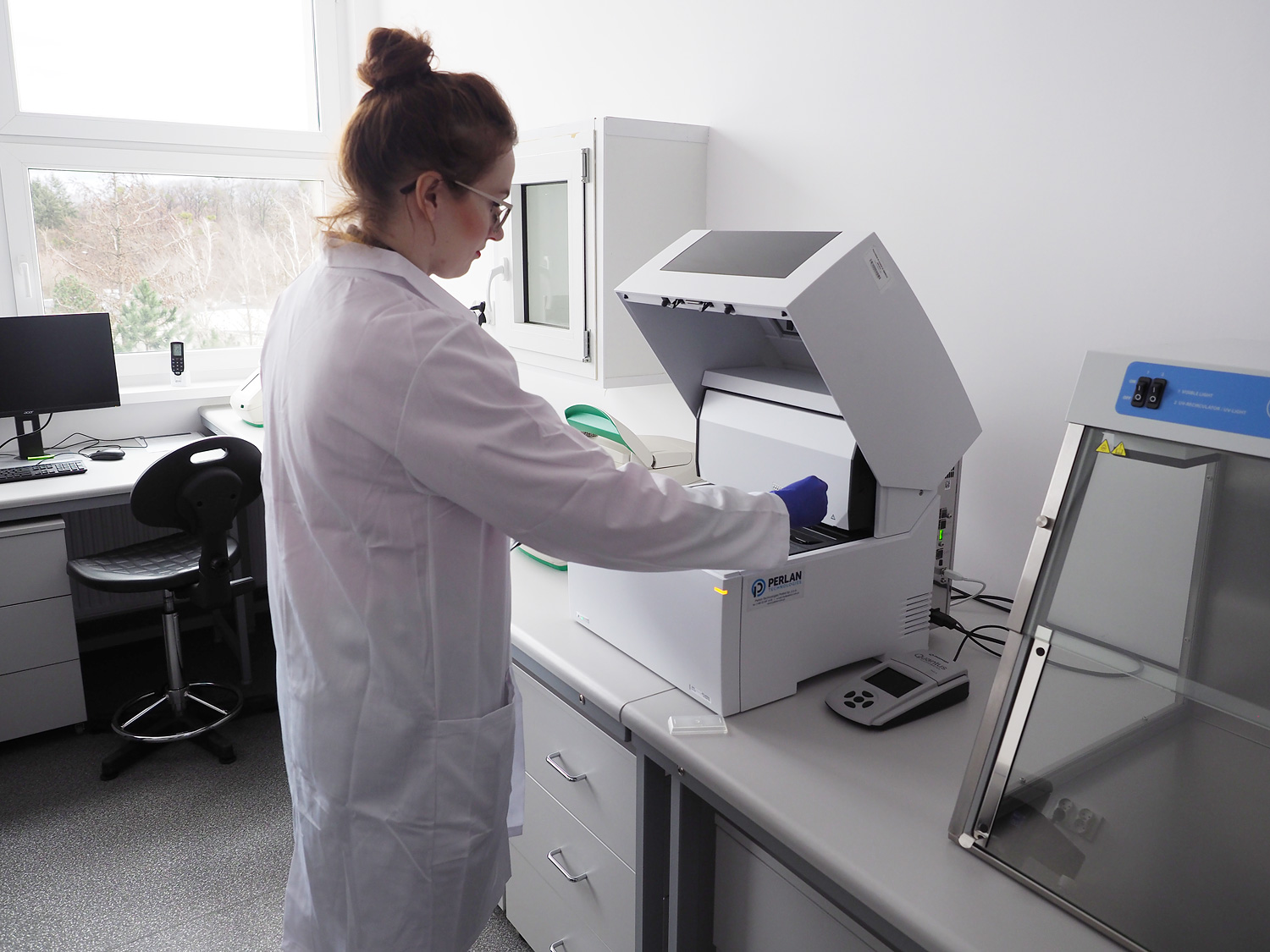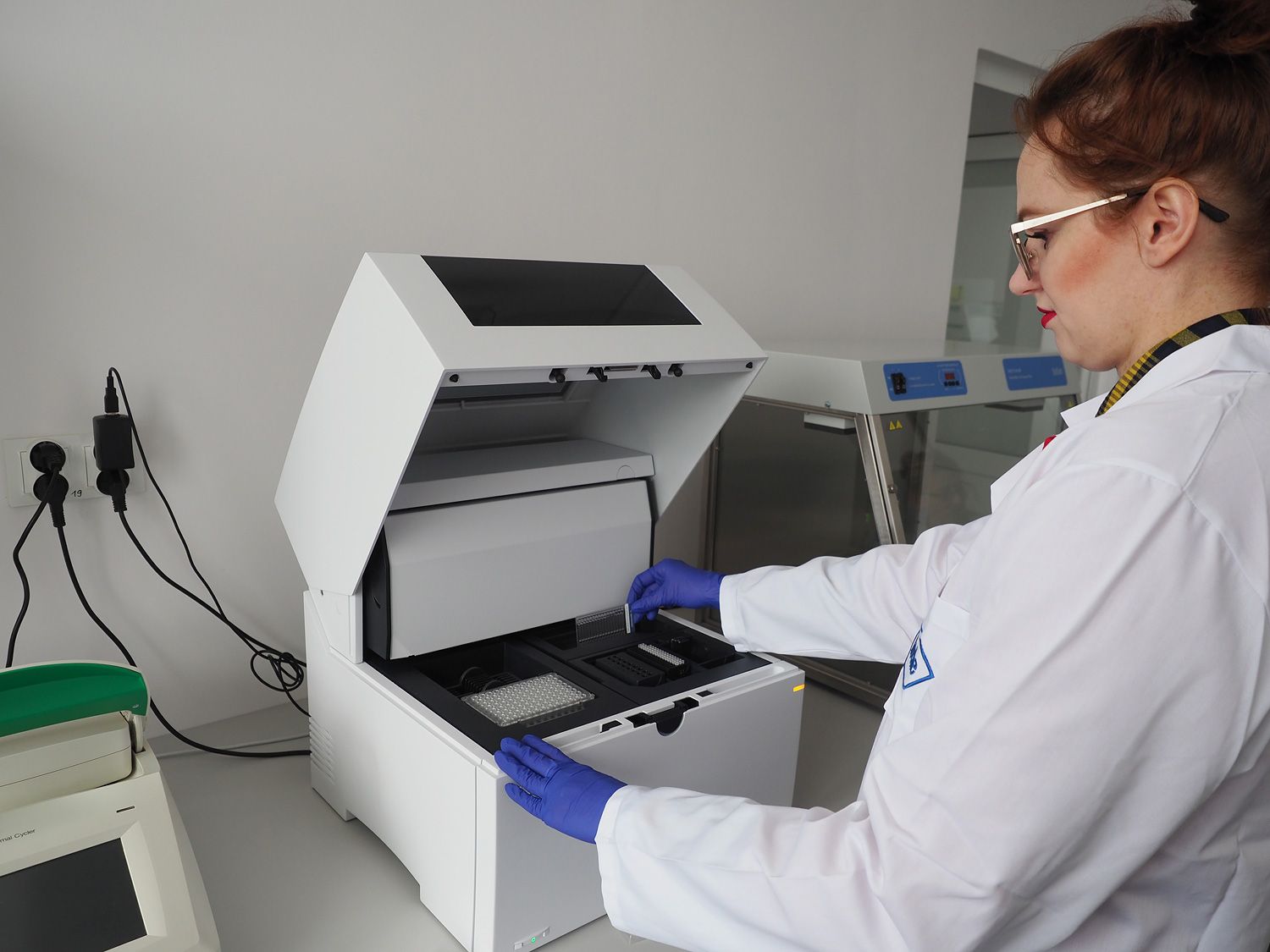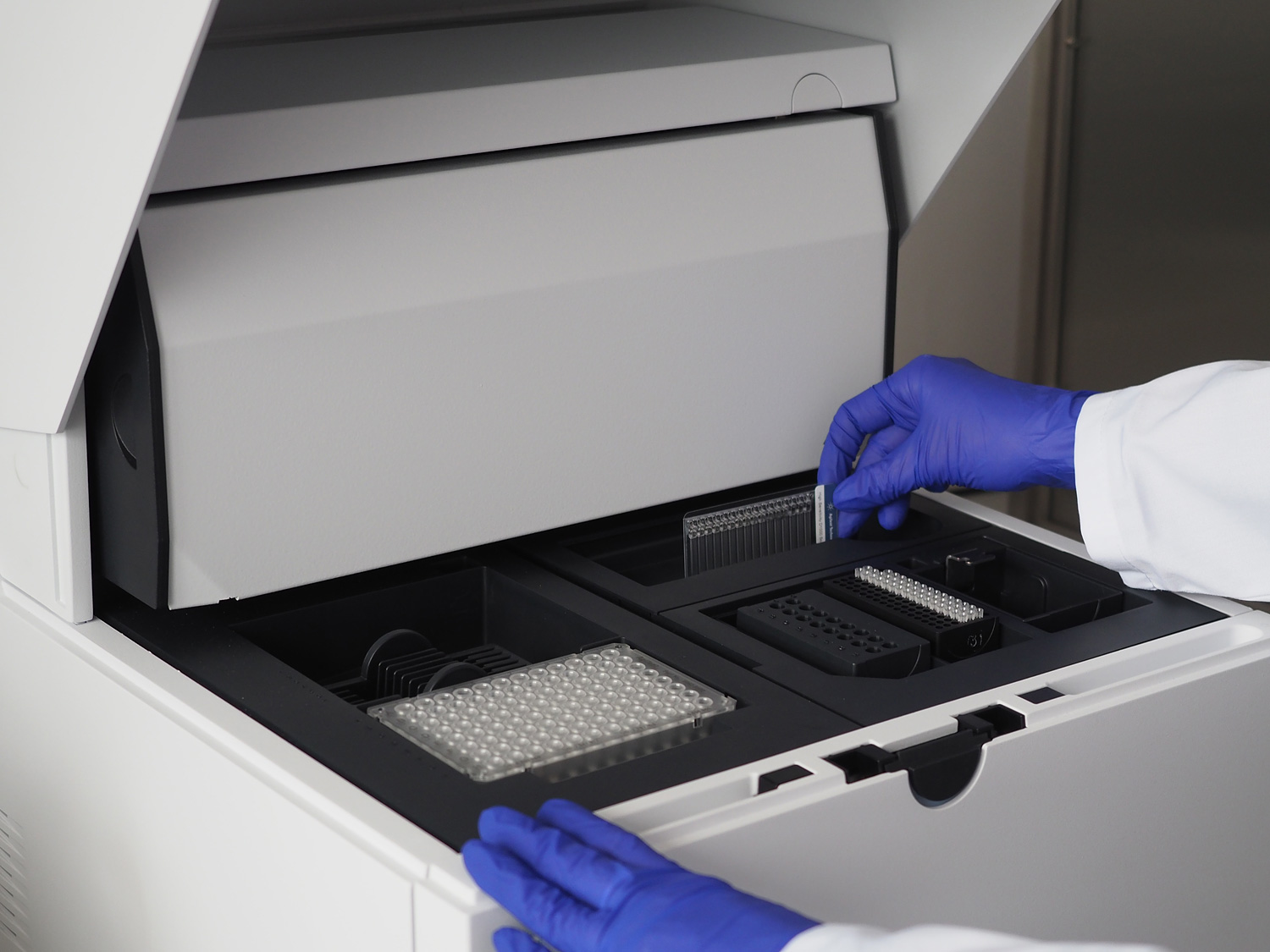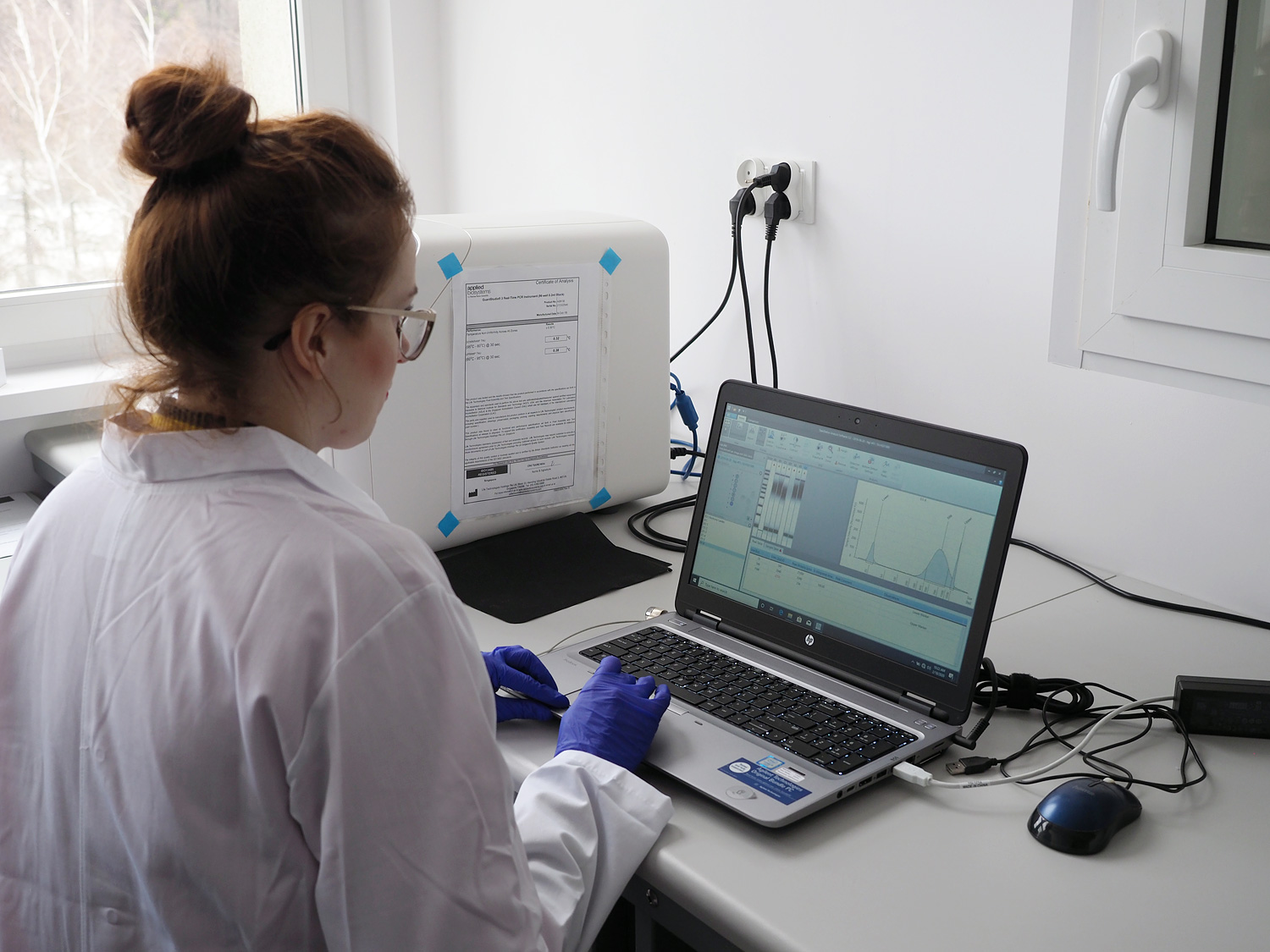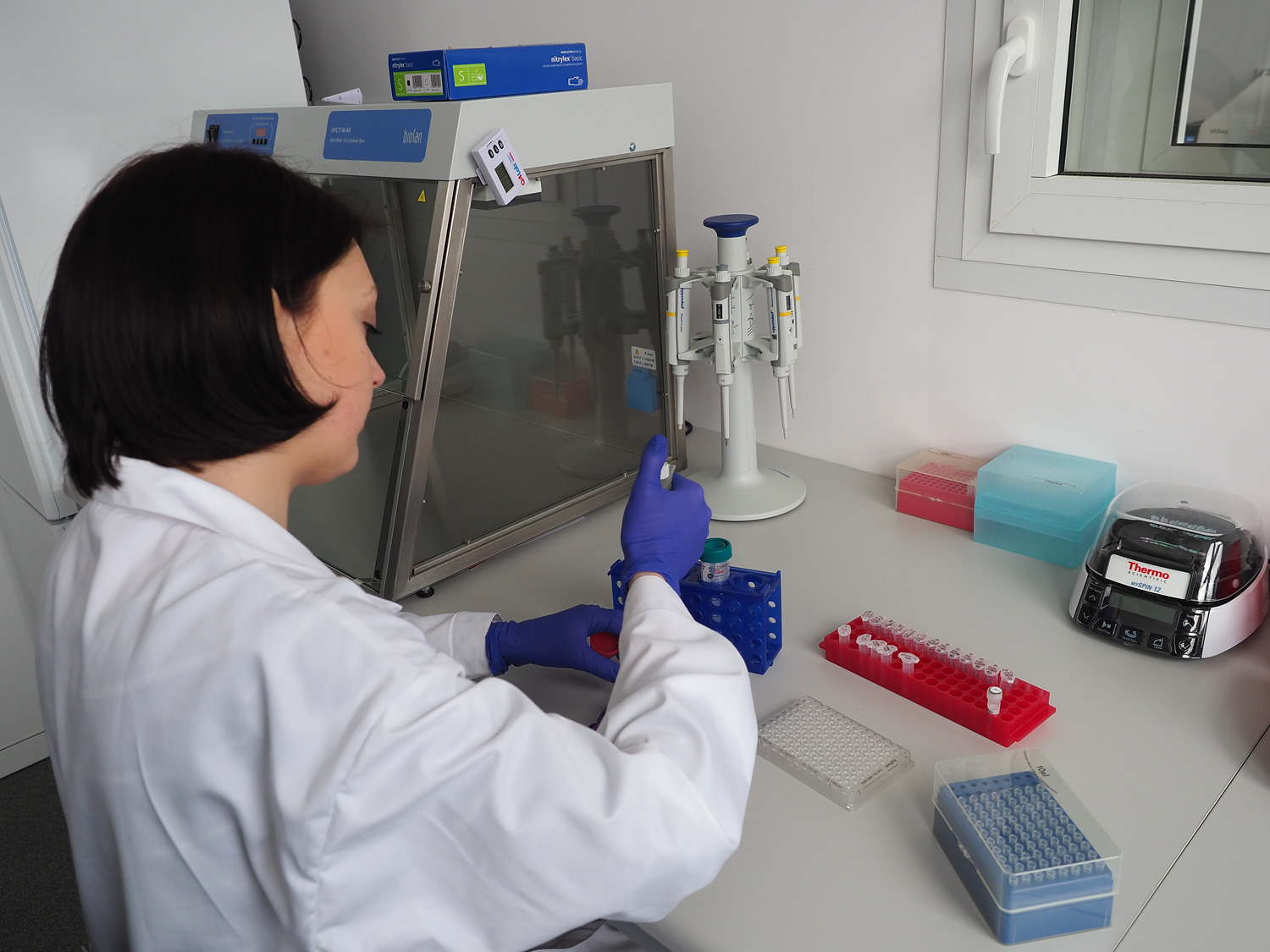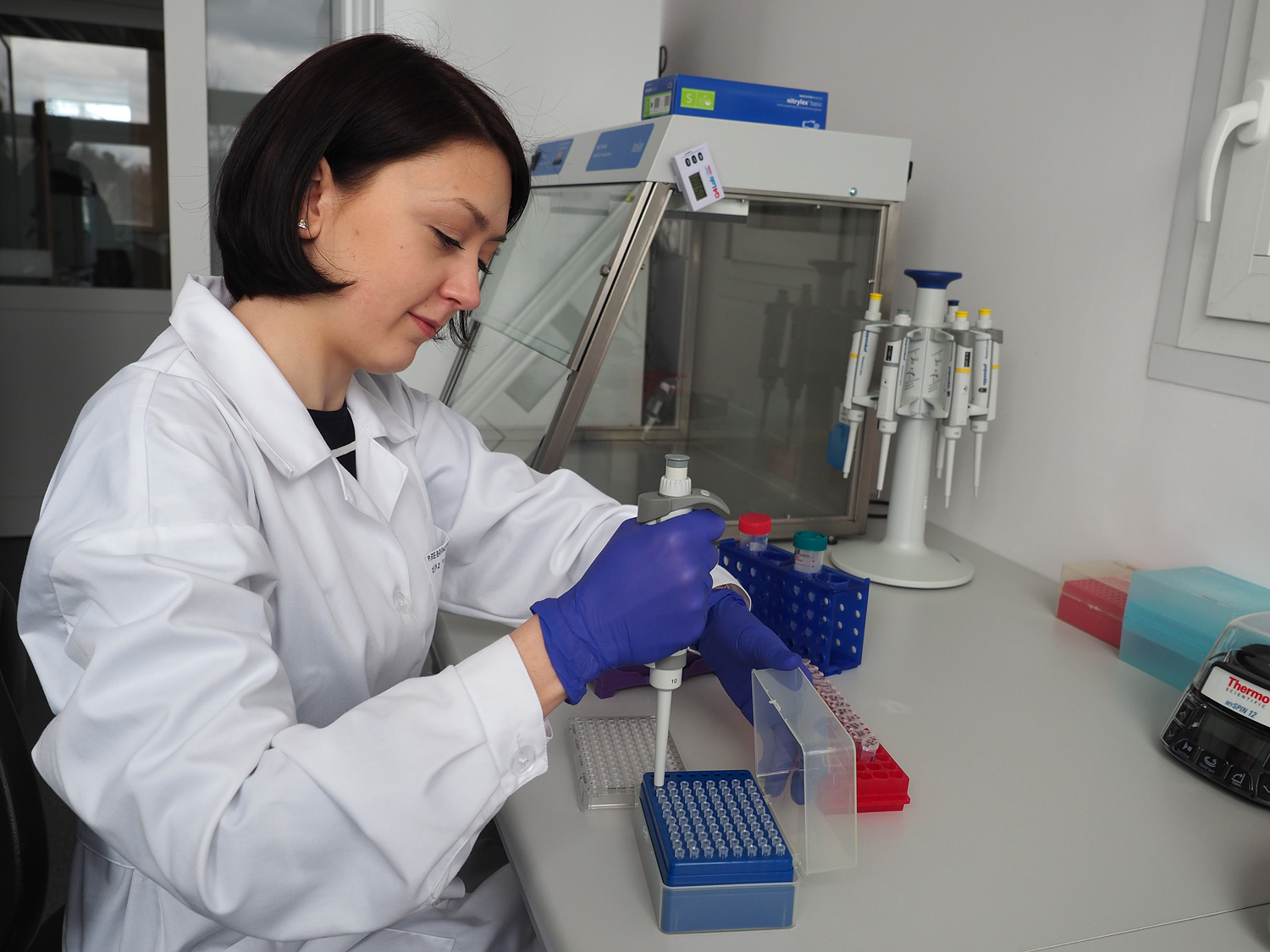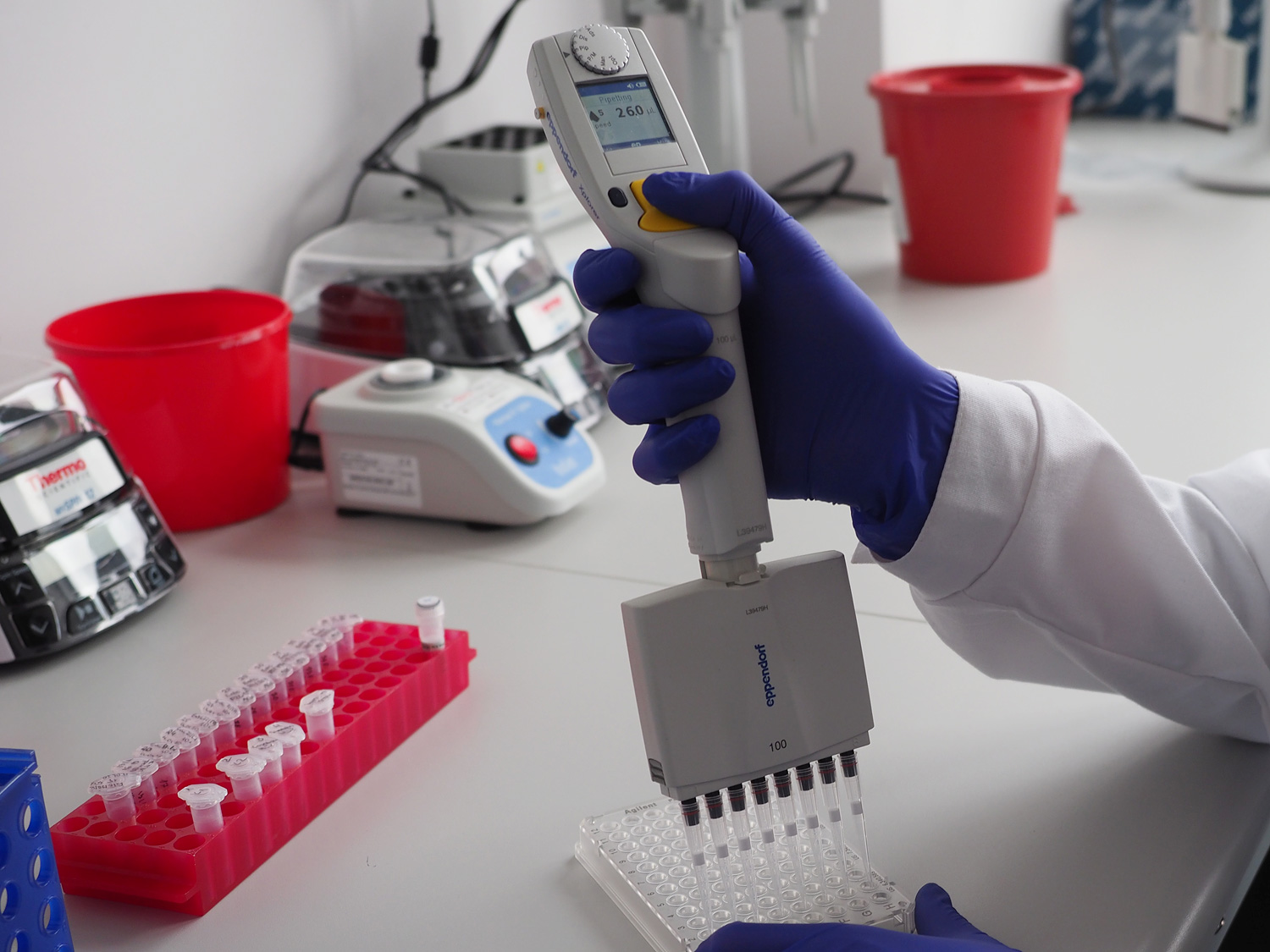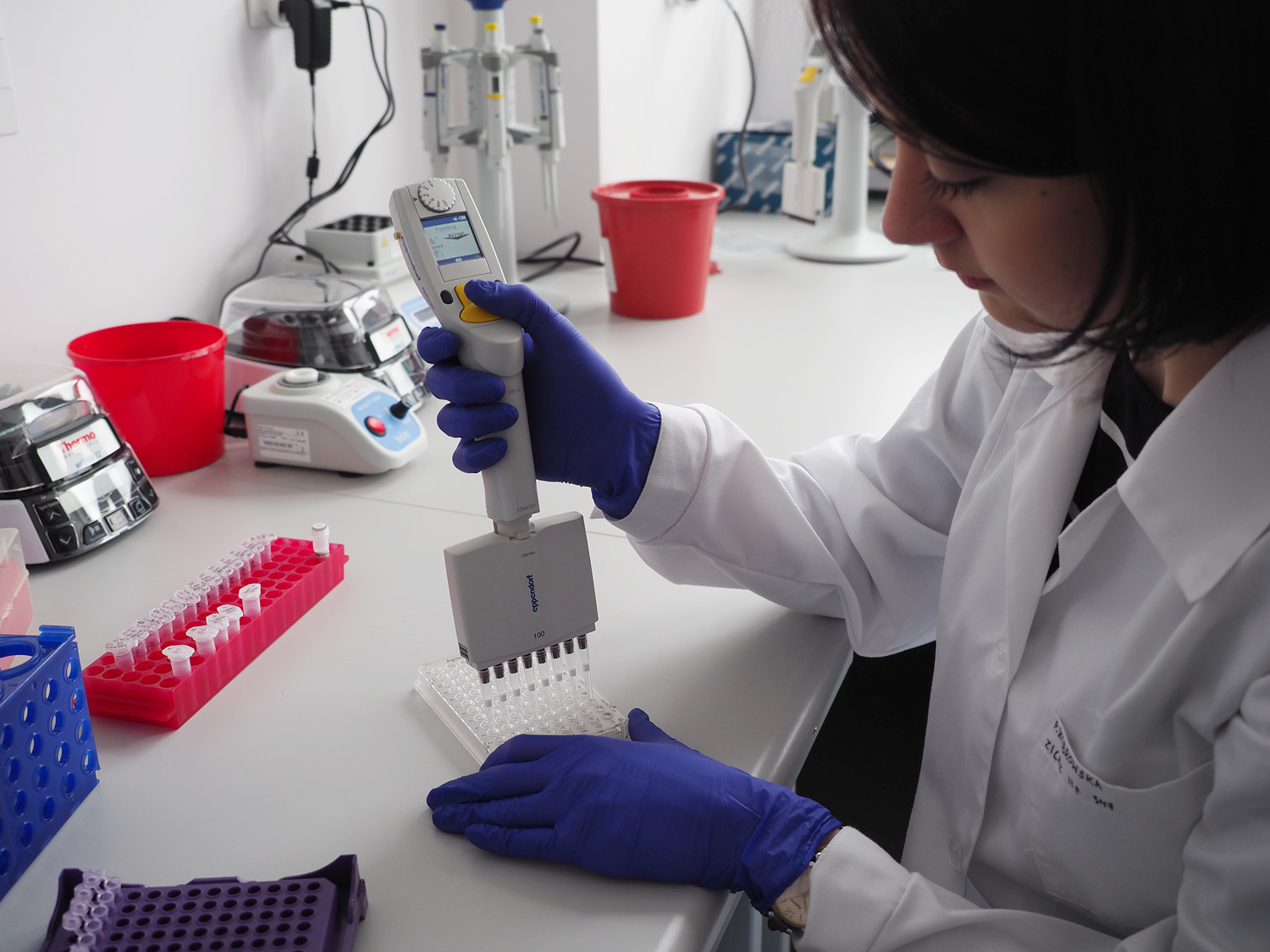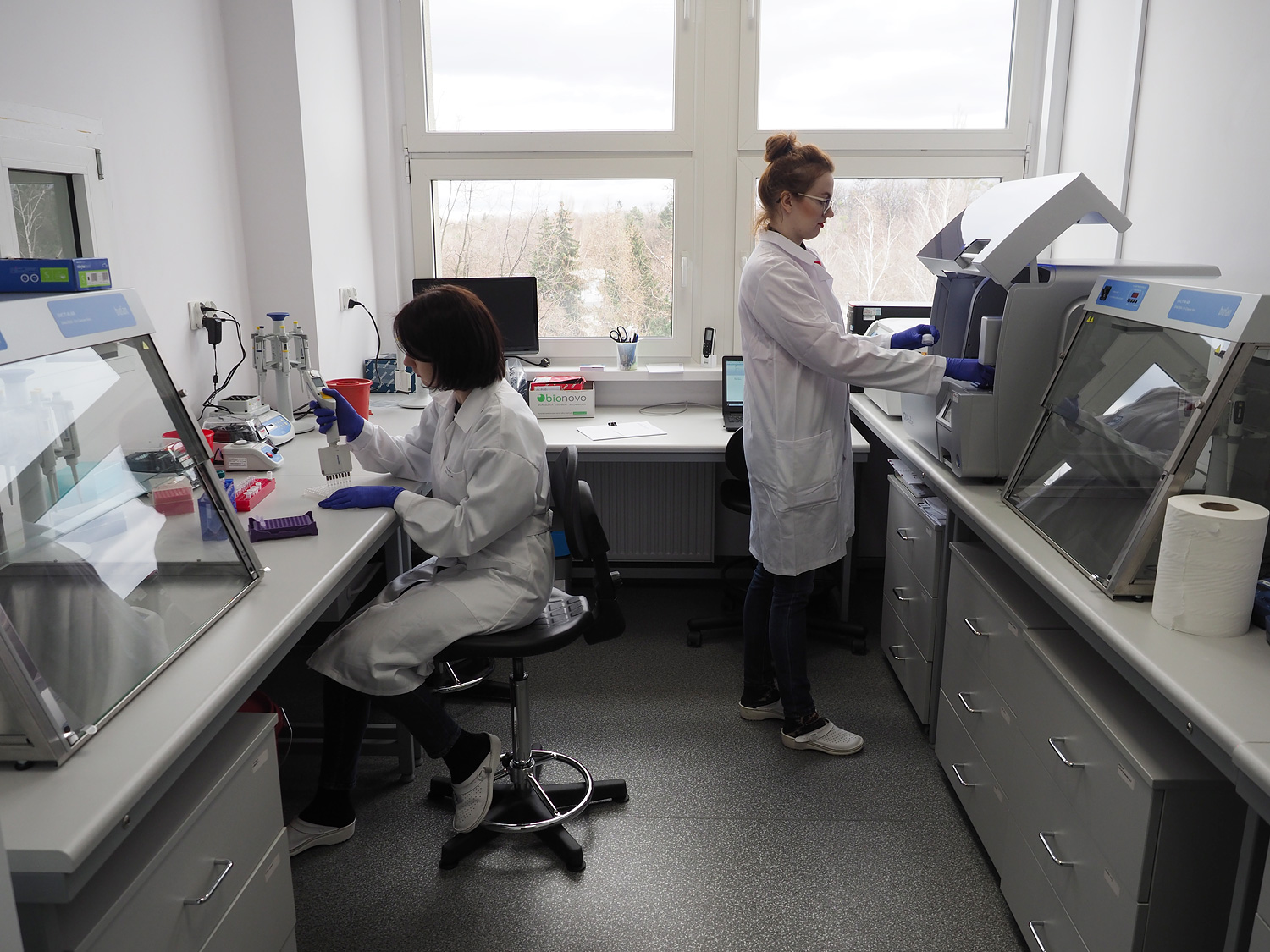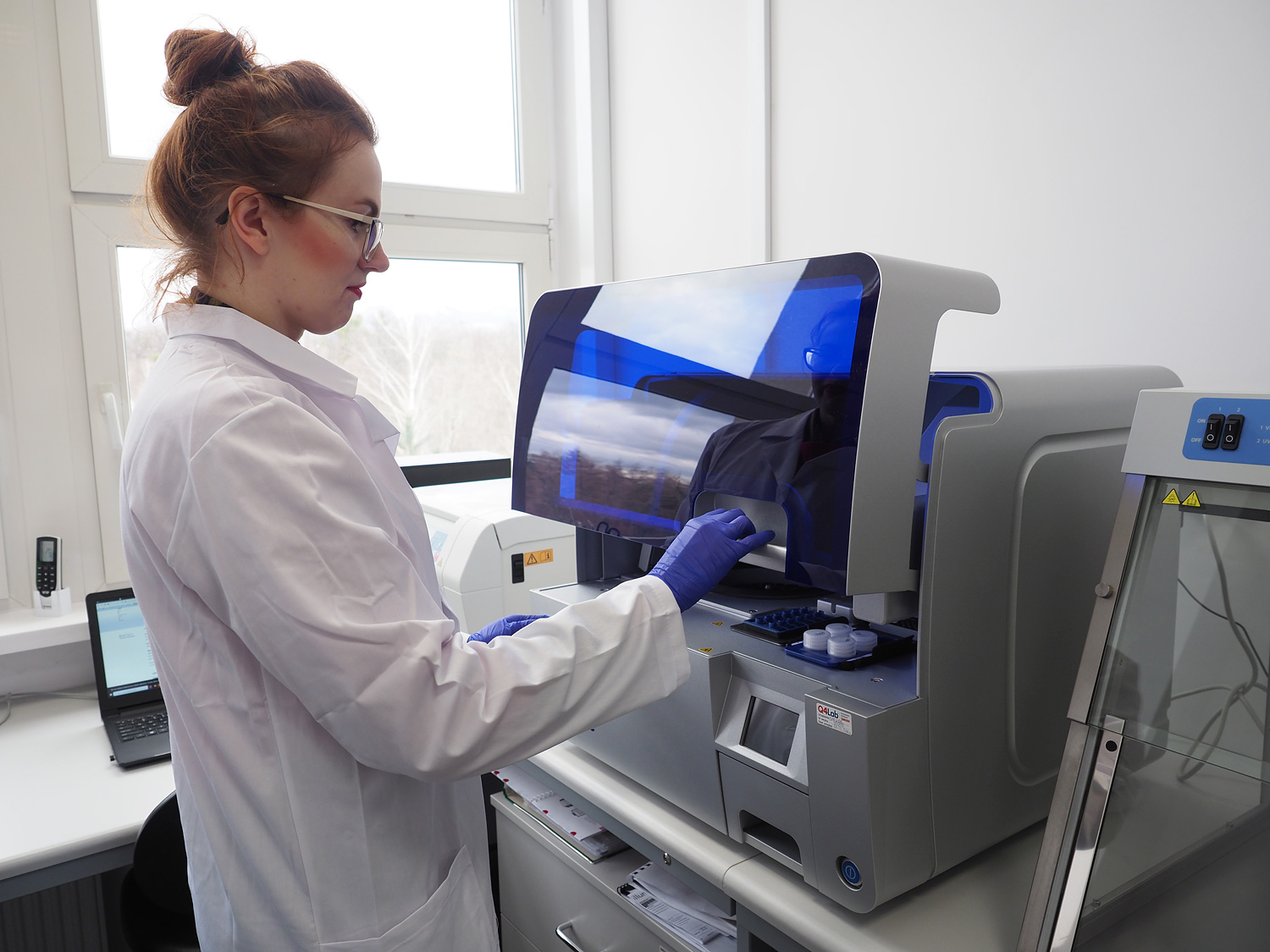Transmission electron microscopy has been an essential part of structural research concerning fundamental, technical and life sciences for over 80 years.
As the first method in history, it allowed observing objects, that were beyond methods of light microscopy. The benefits of using high-resolution electron observations multiply in each branch of modern science. An option to register each structural element of a cell or a virus greatly enchases biologist’s ability to understand objects of their research.
Since the inception of electron microscopy in biology, methods of tissue processing and sample preparation have been directly taken from methods of light microscopy.
Tissues were then prepared by chemical fixation, dehydration and cutting into pieces, thin enough to be used in transmission electron observations. Due to the chemical reaction on samples and the addition of fixatives and stains, the highest possible resolution was quickly reduced due to the physical limitations of the sample preparation.
The demand for higher resolution output was met with a cryo-TEM solution, which was rewarded with the 2017 Nobel Prize in chemistry.
It is our great achievement, that in our laboratory, we can offer contemporary research methods, meeting highest world standards.




